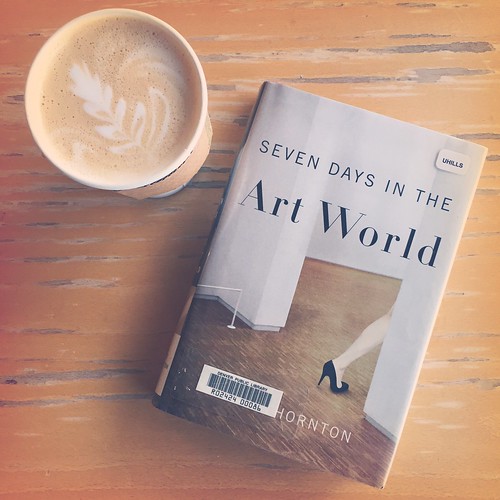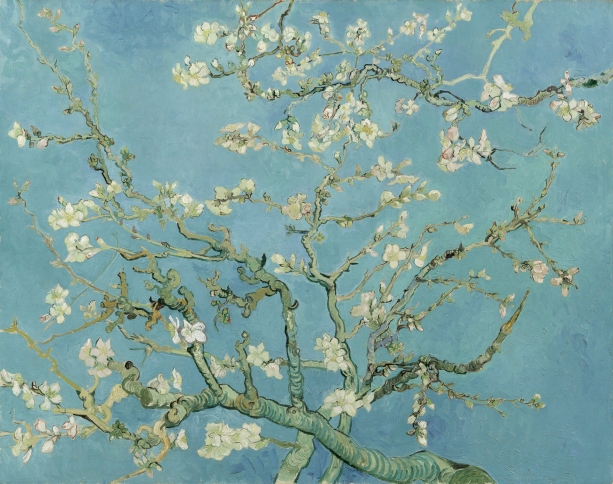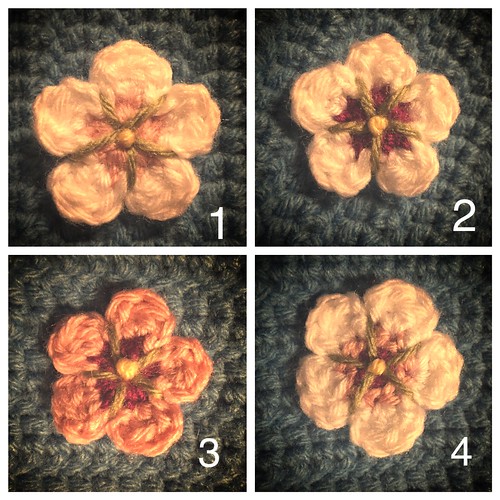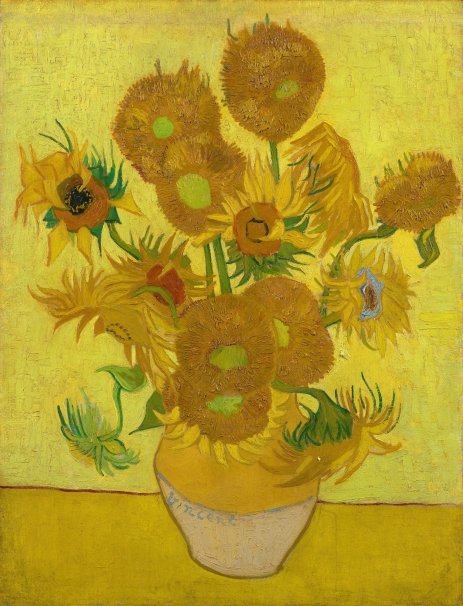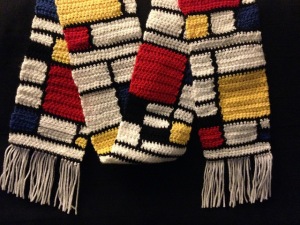I checked out Seven Days in the Art World by Sarah Thornton on March 2… And, after renewing it 4 times, I finished it on May 25. I have to admit that I was overall pretty disappointed with this book. It had such potential to be a critical view of the contemporary art world– indeed, the introduction made it sound like that’s what the book was going to be– but instead, it was almost 300 pages of progressing kiss-assery that embraced the superficial players of the contemporary art world, and more specifically the art market. Admittedly, most of her subjects talk about their involvement in the art world with varying levels of amused derision, clearly aware of the ridiculousness of the decadent game they are playing. But considering that the book was published in 2008, it could have at the very least concluded with a profound statement on the excesses of the wealthy before the Great Recession (though it’s not like all of the rich people were adversely affected by the Recession– far from it). Instead, she just talked about her writing process and thanked every. single. person that she talked to for the book (except for a few that wanted to remain anonymous). I suppose that it was too dangerous for a writer who wanted to maintain her reputation to bite the hands that fed her information for this book.
Seven Days focuses on seven aspects of the art world: art auction houses, a graduate-level art school critique at CalArts, art fairs (specifically Art Basel in Switzerland), the Turner Prize, working at Artforum, a visit to Takashi Murakami’s studio, and the Venice Biennale. While Thornton’s prose provided a gripping read, it was drenched with the pretension that one finds all too often in the art world. At times, this book was downright painful for me to read– not because it was too difficult to comprehend, but because it exposes a darker side that art history-romantics like me don’t like to think about, which is the commodification of art. Throughout her seven “days,” artworks (and artists) are continually treated like baseball cards: collectors, dealers, and curators talk about whether or not an artist, who may be red hot at the moment, will be relevant in even a couple years. Collectors trade names amongst their friends, donate money and/or lend works to museums to increase exposure, and show off their wealth and egos in auction houses to see who can outbid the other, all in an effort to build up their own collection’s monetary value and status. When you think about it, the collecting missions of the wealthy have largely dictated the major art historical record, which makes one wonder how skewed the perspectives of the various facets of art history may be. And the artists, who have signed up to be a part of this world, play along, hoping that their work will one day be memorable, if not profitable while they are still alive. Continue reading

